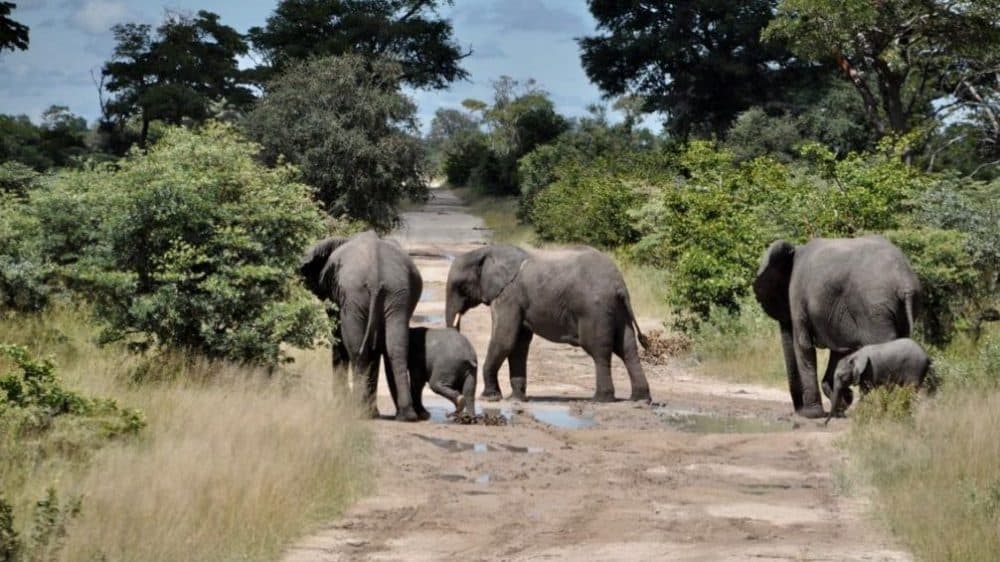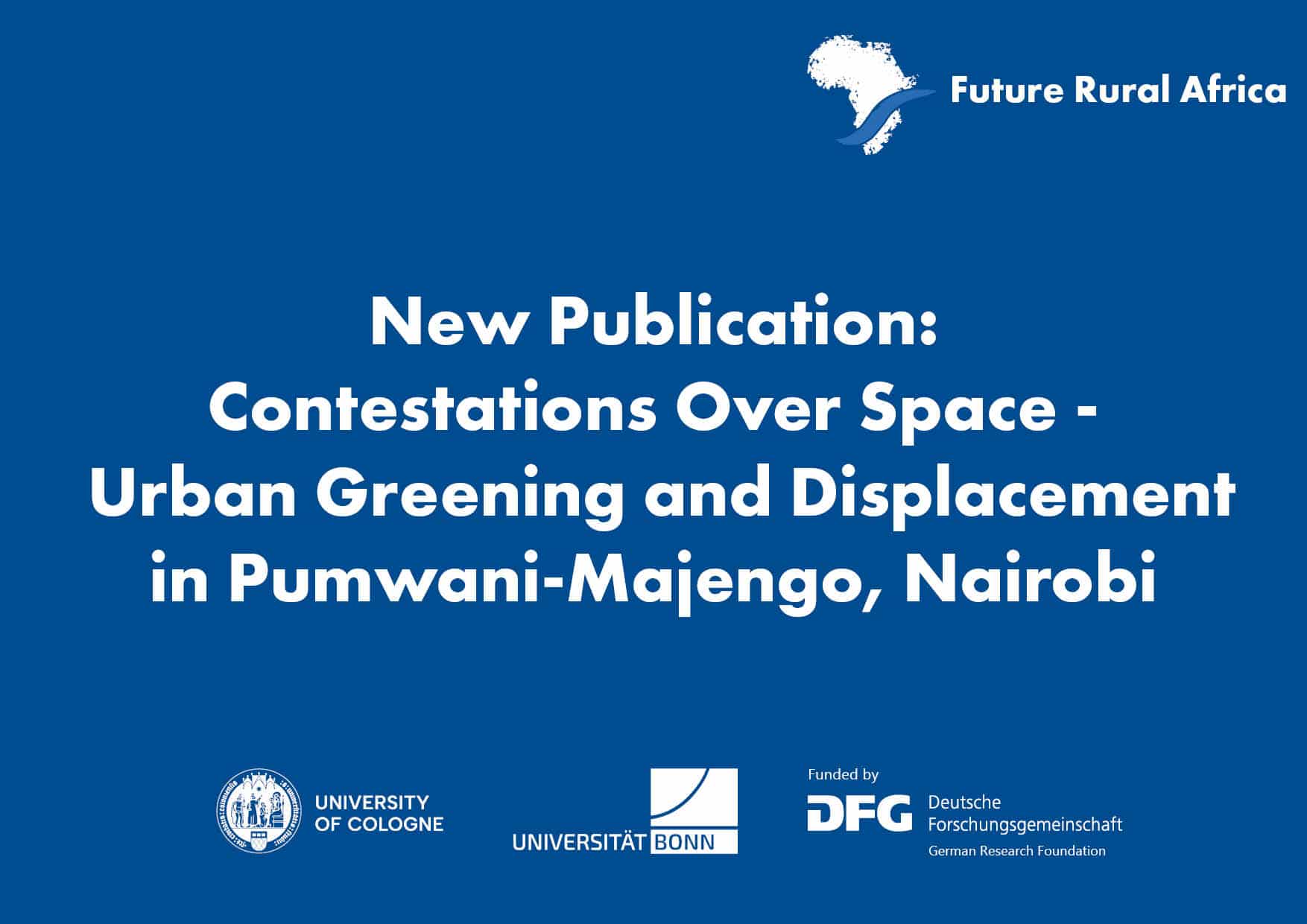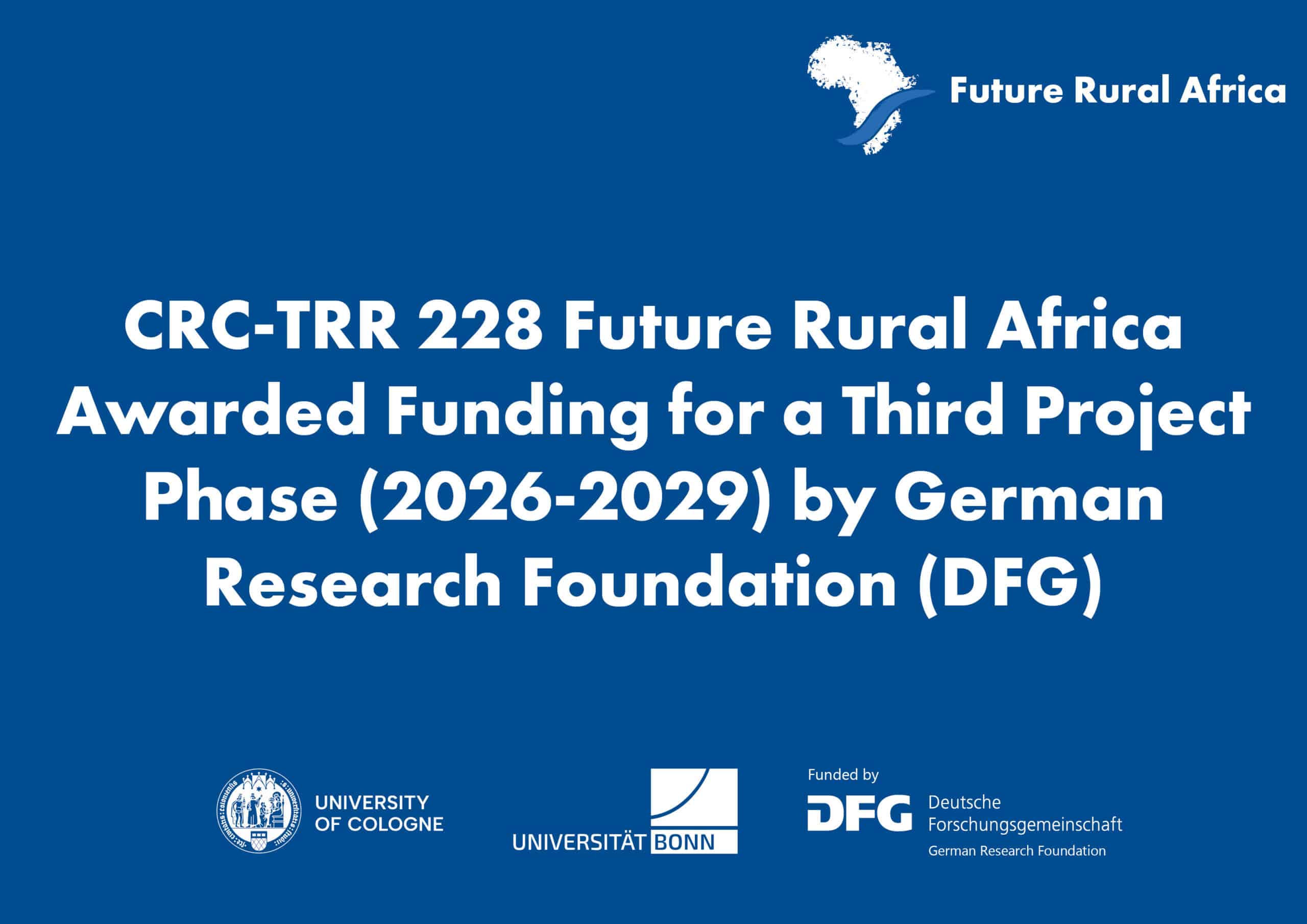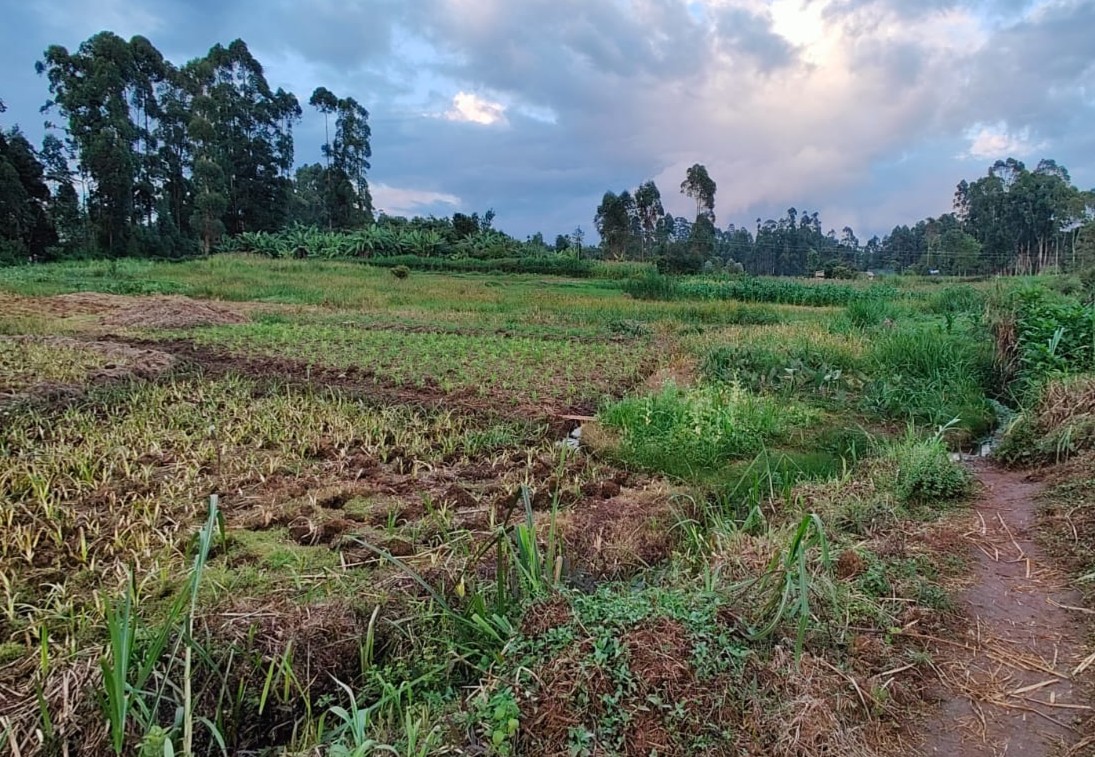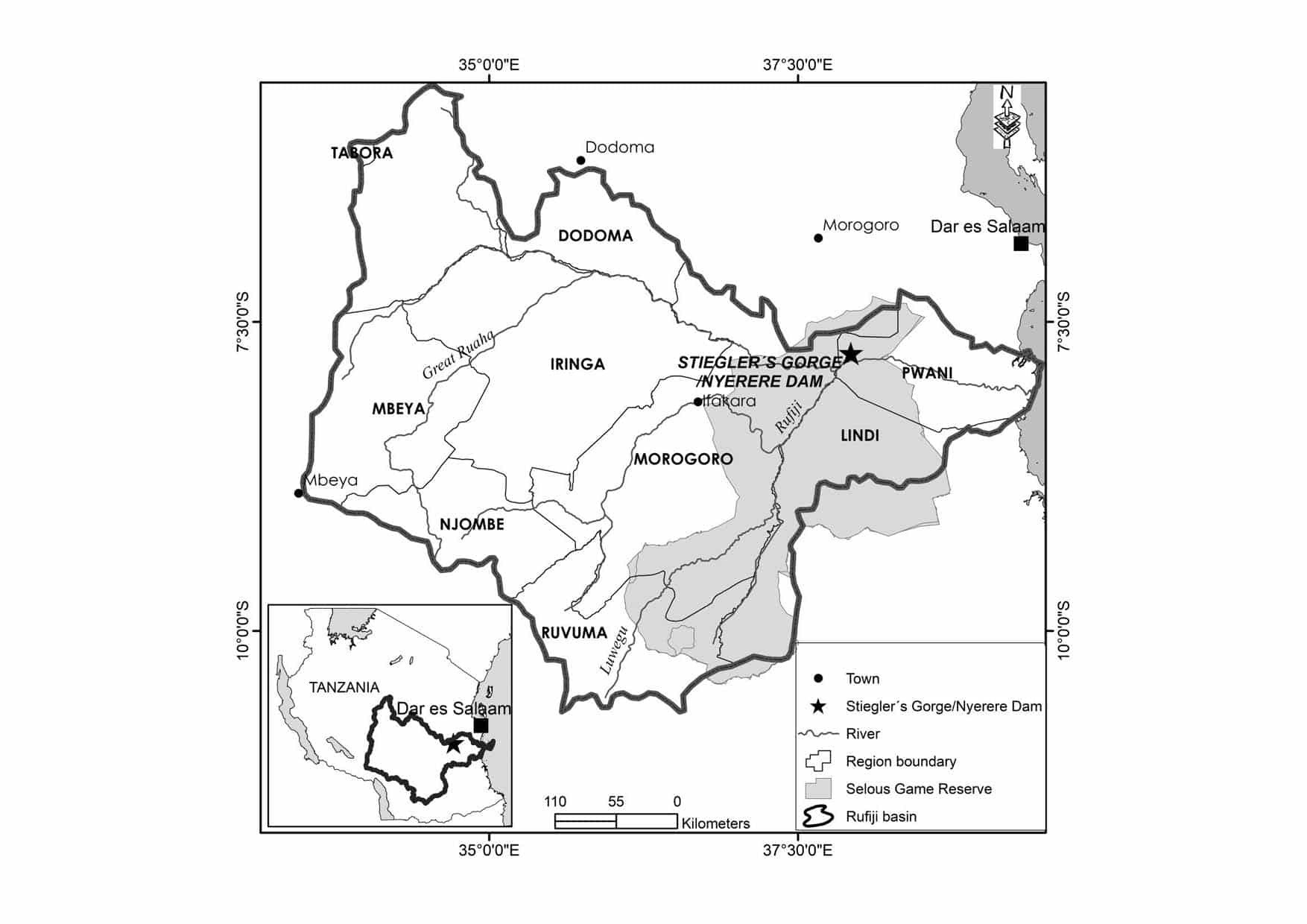Abstract
Environmental conservation is presented as a success story in Namibia’s Zambezi Region where conservation measures have led to an enormous increase in many wildlife populations. Complementary to historically exclusive fortress-conservation strategies, inclusive projects have gained prominence in the past few decades aiming to integrate local populations into conservation projects. Perhaps the most salient approach is community-based natural resource management (CBNRM), which sets ambitious goals of more participation, empowerment, and stewardship of local residents in the process of conservation. Despite its popularity in southern Africa, the CBNRM concept has met with criticism, especially with regard to the situations of many conservancy members. We aim to show that the idea of conservation, and the concept of CBNRM in particular, are in some respects detached from the lives of the conservancy members who are confronted with the effects and regulations of conservation measures. We therefore employ the notion of ‘dissonance’ to describe the inconsistencies between the intended effects of the CBNRM concept and how it is perceived by conservancy members. Three aspects of dissonance are identified here. First, we draw attention to the limited opportunities conservancy members have to benefit from the thriving safari- and hunting-tourism industry. Second, despite successful conservation leading to increased wildlife populations, impacts of human-wildlife conflicts (HWC) and their repercussions for farming and livestock husbandry aggravate the dissonant relationship between conservancy members and the CBNRM concept. Third, we illustrate the discrepancies between the notion of the ‘community’ in conservancies and the actual social organisation. Altogether, the inconsistencies between the travelling idea of conservation and its impact on local livelihoods will be demonstrated.
Vehrs, HP, Kalvelage, L, Nghitevelekwa, R [Epub ahead of print], ‘The Power of Dissonance: Inconsistent Relations Between Travelling Ideas And Local Realities in Community Conservation in Namibia’s Zambezi Region‘, Conservation & Society, Link to preprint.

